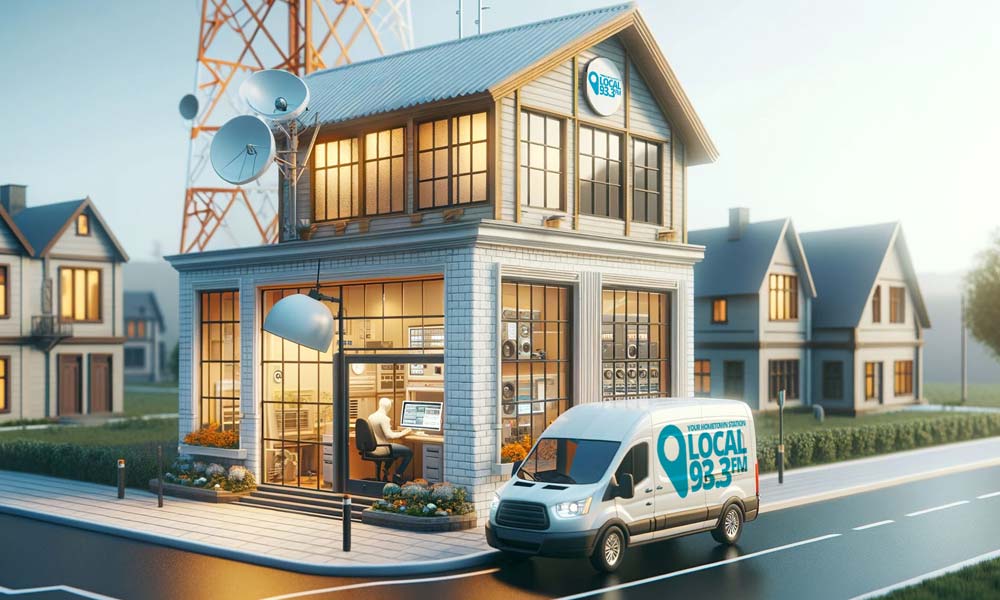We’re approaching the end of the year, and many stations will start looking to 2024 as the year they finally jump into this internet thing and focus more on their website. This means they will start looking for content ideas to bring people back day after day. That’s great! However, remember that the internet is saturated with content that caters to a global audience.
Take the national radio chains like iHeart, Audacy, and others. Even though they have local radio stations, all their website content is the same across a national audience. This gives local radio stations a unique opportunity to stand out by taking a hyperlocal approach to their websites. But why is this local focus crucial, and how can your radio station effectively implement it? Let’s dive in.
Why Hyperlocal?
Community Connection: Hyperlocal content fosters a deeper connection with your immediate audience. It makes your listeners feel seen and heard, enhancing loyalty and engagement.
Relevance and Relatability: Local news, events, and stories are more relevant to your listeners’ daily lives. This relevance translates into higher engagement and return visits.
Less Competition, More Impact: While everyone is trying to appeal to the masses, focusing locally means less competition. Your station can become the go-to source for local information.
Increased Advertising Value: Local businesses are more likely to advertise with a platform targeting their community. This can lead to more advertising revenue for your station.
How to Be Hyperlocal
Local News Coverage: Regularly feature news that impacts your local community. This could include city council meetings, school events, or local sports.
Community Event Spotlights: Highlight local events on your website. Interviews with event organizers or attendees can add a personal touch.
Local Music and Talent: Showcase local artists and musicians. Have a weekly feature or a local talent show streamed on your website.
Local Guest Bloggers: Invite community members to contribute blog posts. This can include local business owners, educators, or public service officers.
Local Weather and Traffic Updates: Provide up-to-date weather forecasts and traffic news. This is always relevant and frequently accessed information.
User-Generated Content: Encourage listeners to submit local stories, photos, or event information. This not only provides content but also increases community engagement.
Local Business Directories: Create a directory of local businesses and services. This supports the local economy and positions your station as a community hub.
Other options include obituaries and swap shop/classified listings.
Conclusion:
Going hyperlocal with your radio station’s website isn’t just about standing out in a crowded digital space; it’s about building a community and becoming an integral part of your listeners’ daily lives. By focusing on your local audience’s specific needs and interests, your station can create a more engaging, relevant, and valuable online presence.
In addition, when you choose only to display the content your station creates, you also select the best path to search engine optimization (SEO). Importing RSS content from national providers is an easy way to populate content on your website, but it’s been shown to decrease overall SEO scores. So, the websites that choose that path are less likely to be found by local search.
Remember, a hyperlocal approach can make your website stand out in a world that is trying to appeal to everyone. It’s time for your radio station to harness this power.
We want to help your radio station grow and succeed online. That journey starts with an amazing website that keeps visitors coming back often. Reach out to us to start your path to online success, or schedule an appointment to see our tools in action.

